It is fair to say that ochres and their origins are poorly discussed in the academic geological literature. Though ubiquitous in the landscape, they are largely ignored by most geologists. They occasionally pique the interest of economic geologists but are generally dismissed and shovelled away in favour of something more shiny. Ochres can form in a wide range of geological environments on Earth and indeed, on Mars (there’s a reason it’s red), but in this post I’m going to focus on ochre forming on the weathered surfaces of solidified basalt lava flows (I may get around to writing about other ochre-forming environments in the future). At its simplest, ochre is defined as an earthy deposit predominantly composed of metal-rich oxides or oxide-hydroxides. By far and away, iron ochres are the commonest, but ochres of other metallic elements such as cobalt, nickel, copper etc. can also form. Ochres form in the surface or near-surface environment, in the presence of oxygen and water. Iron ochre formation is accelerated by warmer Mediterranean or tropical climates, and the presence of red rocks is therefore often indicative of past warm climates in the rock record.

The inspiration for this post was a photo (above) posted on Instagram for World Pigment Day by Scott Sutton of an ochre layer between basalt lava flows in the Rio Grande Gorge of New Mexico. This region’s geology is dominated by basaltic volcanism which erupted in the upper Miocene, around 10 million years ago. These eruptions were not like any basaltic volcanism we can observe from active volcanoes anywhere on Earth today. They were large-scale, effusive flows which spread out covering large areas and forming a plateau composed of a thick pile of solidified lava. Such formations are subsequently known as plateau basalts or (continental) flood basalts. The basalts of the Rio Grande Gorge are part of the Taos Plateau Volcanic Field (TPVF). Following the end of volcanism, the Rio Grande cut down through the basalt pile exposing 180 m of section. Scott’s visit into the river gorge and his photograph revealed part of this geological history. The old adage says that if you want to hunt elephants, first you must go to elephant country. The same is true for geological prospecting; horizons forming between successive basalt lave flows are typically ochre-rich, and therefore these are good places to go pigment hunting. Certain types of rocks form in certain regions, and their occurrence is generally controlled, ultimately, by the regional plate tectonic environment. The kind of basalts that are erupted into rift valleys – areas of continental extension, which is the setting of the Rio Grande – are typically iron-rich. Most basalts contain significant iron, but continental flood basalts are the richest. When they cool and become weathered, ideally in a warm, wet climate, they produce iron-rich soils; ochres. These ochres are then sealed and preserved by the next lava flow that covers them. Later in their geological history, these so-called interbasaltic beds can be further weathered and the ochre more concentrated by groundwaters which percolate through these porous layers. Layers of basalt are impervious.
 This series of geological logs, from a guide to the Rio Grande basalts by Dungan et al. (1984), shows how the individual basalt flows (white) are interlayered with sediments, including ochre palaeosols (stippled). Like so many other papers on this subject, the authors record much about the basalts and little, if anything is said about the ochres.
This series of geological logs, from a guide to the Rio Grande basalts by Dungan et al. (1984), shows how the individual basalt flows (white) are interlayered with sediments, including ochre palaeosols (stippled). Like so many other papers on this subject, the authors record much about the basalts and little, if anything is said about the ochres.
In the British Isles the British Tertiary Volcanic Province (BTVP) is a series of flood basalts formed as the North Atlantic Ocean opened around 60 million years ago. Most famously, these are exposed in Northern Ireland on the Antrim Coast where they form the Giant’s Causeway. This basalt pile is famous for its ochreous interbasaltic horizons and is the one place where a series of papers have been published on ochre formation. Although several ochre-rich interbasaltic horizons occur between the flows of the Antrim plateau basalts, there is one 30 m thick horizon of weathered basalt and associated palaeosols which has attracted attention for many years. It is known as the Inter-Basaltic Formation (IBF) and the ochres, known locally as boles (a good painter’s term) are mostly laterites, that is aluminium and iron-rich ochres (aluminium-rich ochres are known as bauxites), The main aluminium mineral present is gibbsite. Laterites are typically orange in colour. Yellow goethite and red hematite iron ochres also occur here, along with purple-coloured ‘lithomarge’ which is rich in clay minerals and hematite.
 The Antrim Basalts from an early publication by Cole et al. (1912). The huge Bole Bed is inexpertly marked out in (appropriately) red paint.
The Antrim Basalts from an early publication by Cole et al. (1912). The huge Bole Bed is inexpertly marked out in (appropriately) red paint.
The analyses carried out on the Antrim ochres suggests they formed in warm, wet and occasionally hot, arid climates in the early Palaeogene. Similar horizons are also found in India’s Deccan Traps flood basalts.
 A figure from Ghosh et al. (2006)’s paper on the boles of the Deccan Traps; interbasaltic ochre beds formed here in very similar climatic conditions to those of the Antrim Basalts. This 2 km thick pile of basalt flows was erupted towards the end of the Cretaceous, 66 million years ago.
A figure from Ghosh et al. (2006)’s paper on the boles of the Deccan Traps; interbasaltic ochre beds formed here in very similar climatic conditions to those of the Antrim Basalts. This 2 km thick pile of basalt flows was erupted towards the end of the Cretaceous, 66 million years ago.
Basalts are composed of three main minerals, olivine, pyroxene and plagioclase feldspar. The iron minerals are produced from the breakdown of olivine and pyroxenes, whereas the aluminium-rich laterites and bauxites form due to the breakdown of the feldspars. Hematite (iron oxide) and goethite (iron oxide hydroxide) are the main and most stable iron ochre constituent minerals. Gibbsite (aluminium hydroxide) is the predominant mineral in laterites and bauxites.
You don’t need huge plateau basalts to find ochreous interbasaltic beds. You can find them on most volcanoes that have erupted basalt. These examples below are in the lower eruptive sequences of the Greek volcanic Island of Thira (Santorini). The reddened layers are clearly seen between the layers of grey-black basalt.
 A view towards Firostefani on the Santorini Archipelago. You can see the reddened ochre layers between the grey coloured basalts.
A view towards Firostefani on the Santorini Archipelago. You can see the reddened ochre layers between the grey coloured basalts.
Follow Scott Sutton on Instagram, and visit his webpage here.
Download this article as a pdf document
References and further reading
Cole, G. A. J., Wilkinson, S. B., McHenry, A, Kilroe, J. R., Seymour, H. J., Moss, C. E. & Haigh, W. D., 1912, The interbasaltic rocks (iron ores and bauxites) of North East Ireland., Memoirs of the Geological Survey of Ireland., Dublin, Ireland, 143 pp.
Dungan, M. A., Muehlberger, W. R., Leininger, L., Peterson, C., McMilan, N. J., Gunn, G., Lindstrom, M. & Haskin, L., 1984, Volcanic and sedimentary stratigraphy of the Rio Grande gorge and the late Cenozoic geologic evolution of the southern San Luis Valley., in: Rio Grande Rift (Northern New Mexico), Baldridge, W. S.; Dickerson, P. W.; Riecker, R. E.; Zidek, J.; [eds.], New Mexico Geological Society 35th Annual Fall Field Conference Guidebook, 157-170
Ghosh, P., Sayeed, M. R. G., Islam, R. & Hundekari, S. M., 2006, Inter-basaltic clay (bole bed) horizons from Deccan traps of India: Implications for palaeo-weathering and palaeo-climate during Deccan volcanism., Palaeogeography, Palaeoclimatology, Palaeoecology 242, 90–109.
Hill, I. G., Worden, R. H. & Meighan, L G. 2001, Formation of inter basaltic laterite horizons in NE Ireland by early Tertiary weathering processes. Proceedings of the Geologists’ Association, 112, 339-348.
Ruffell, A., 2016, Do spectral gamma ray data really reflect humid–arid palaeoclimates? A test from Palaeogene Interbasaltic weathered horizons at the Giant’s Causeway, N. Ireland., Proceedings of the Geologists’ Association., 127, 18-28.
Filed under #ArtistsPigments, #Colour, #earthpigments, #geology, #MaterialsResearch, #MaterialsResearchProject, #ochre, #pigments, #pigmentstories, #PigmentTimelineProject, #WorldPigmentDay
Tags: Materials, Pigment
No Comments »


 Close
Close












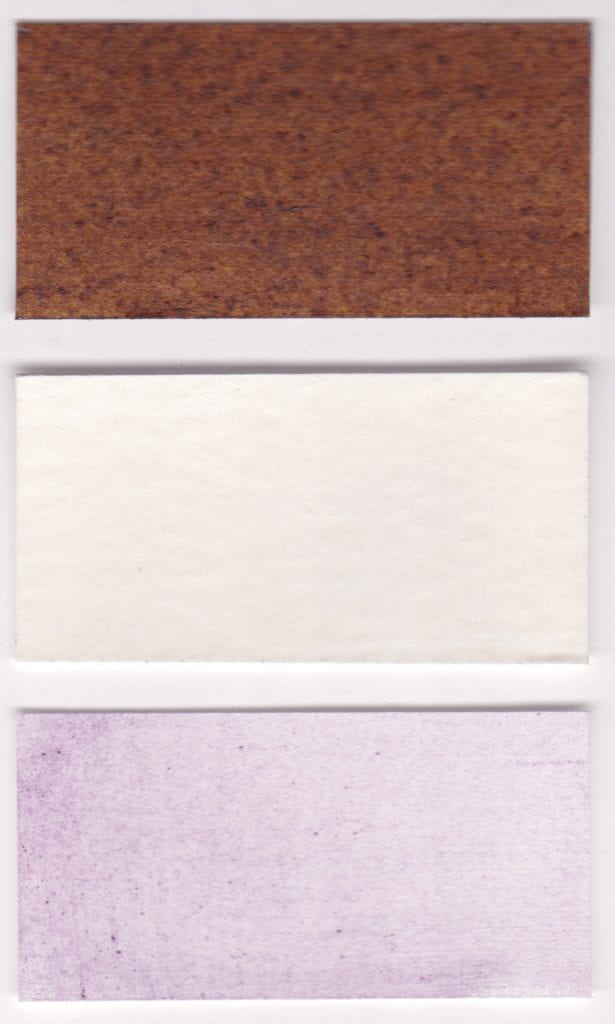





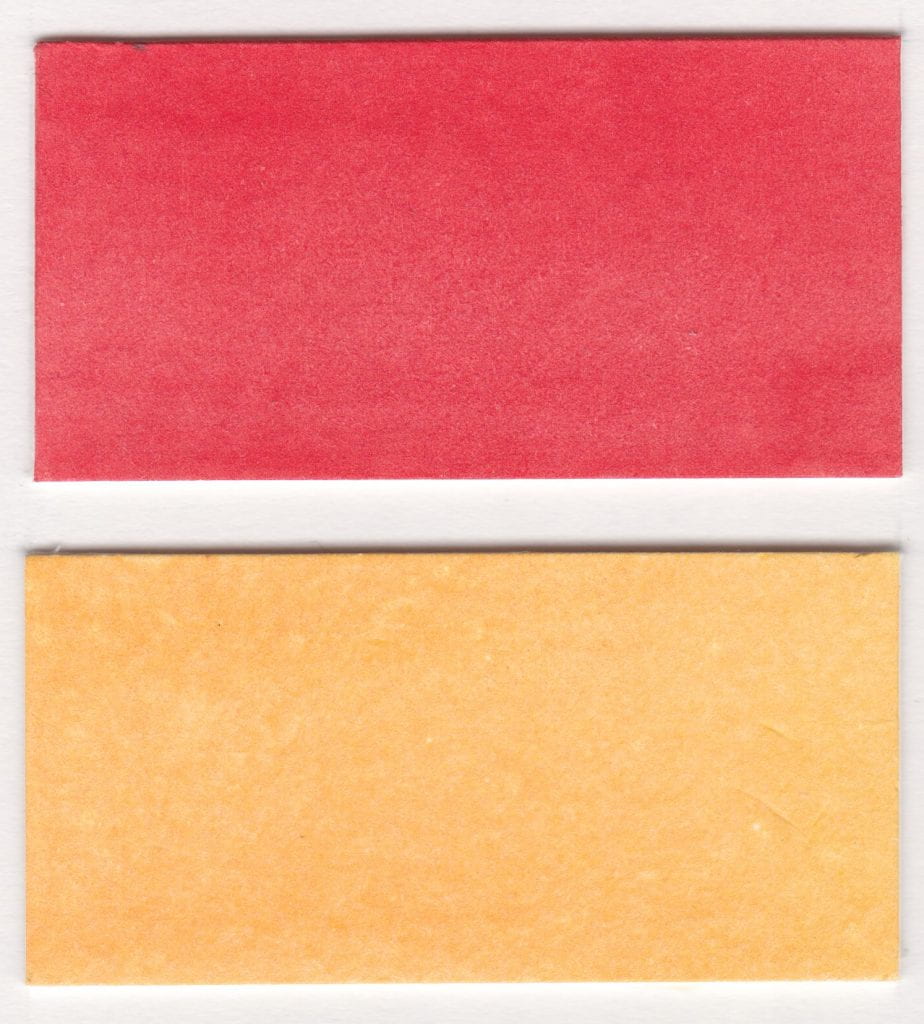

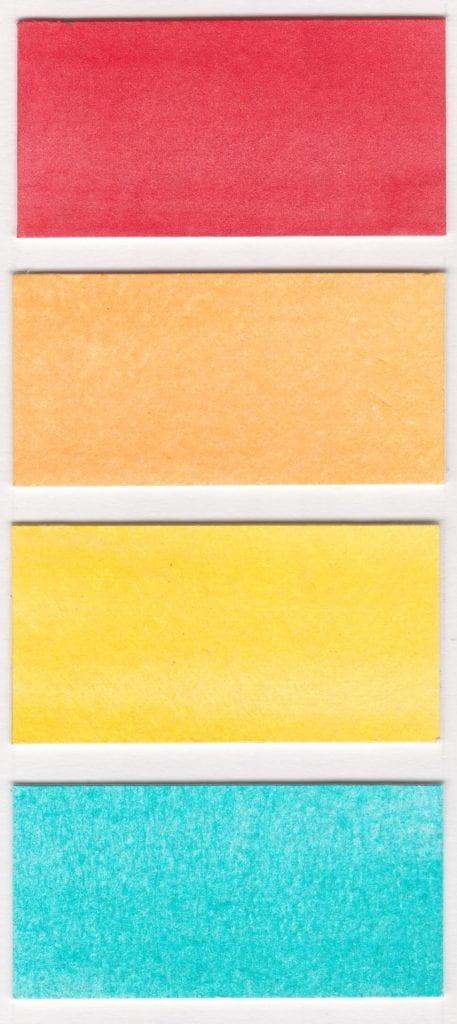



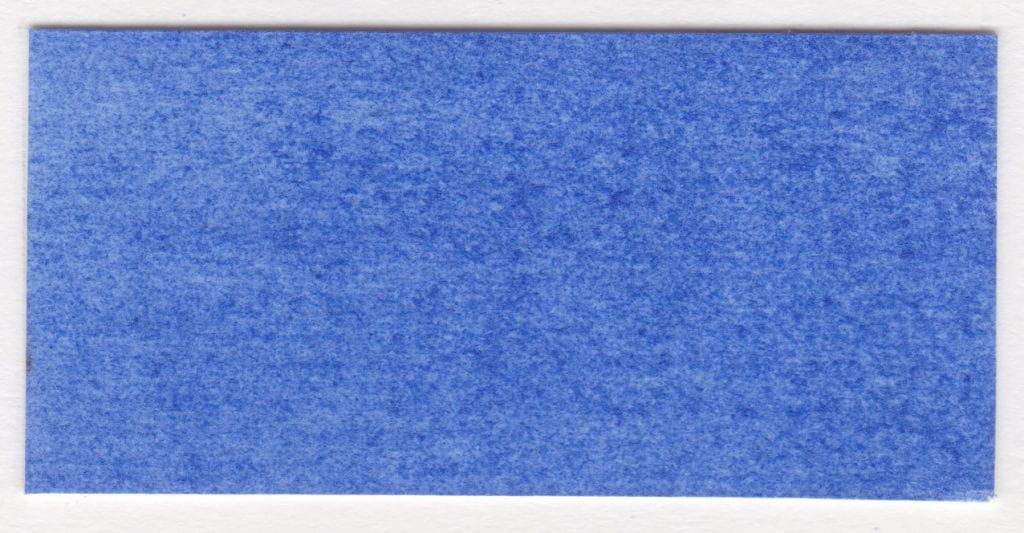


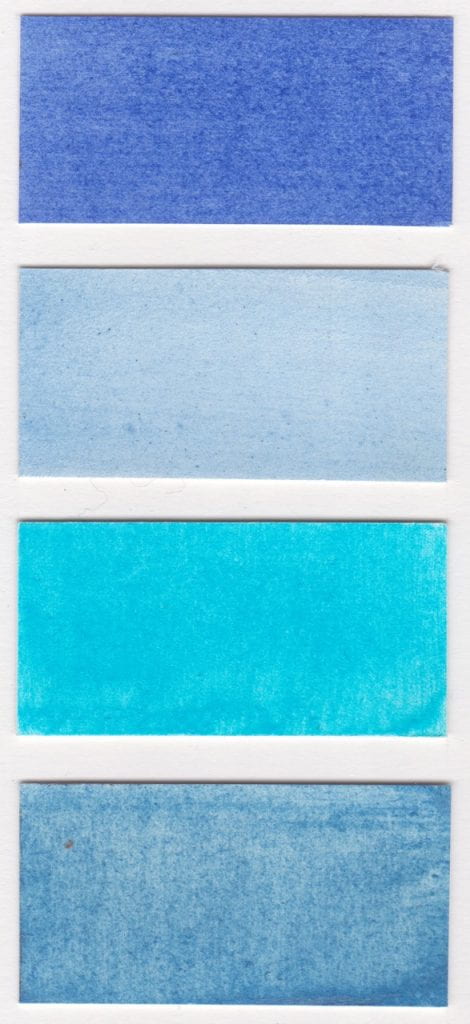
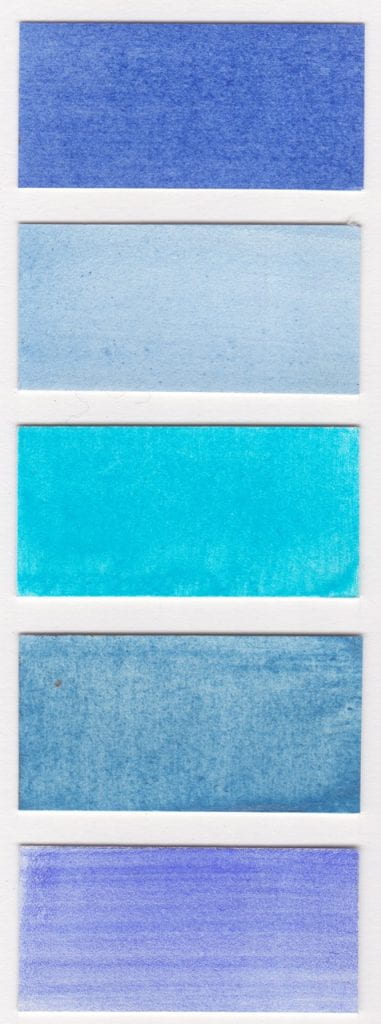



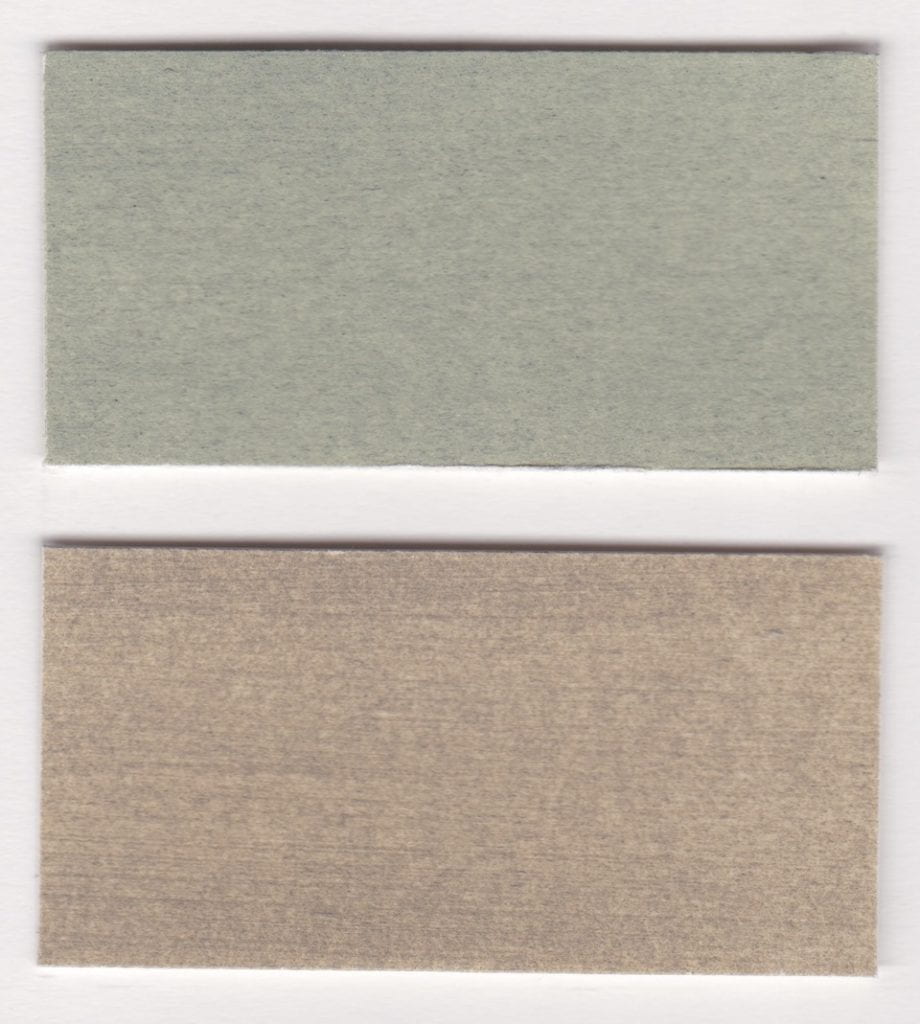















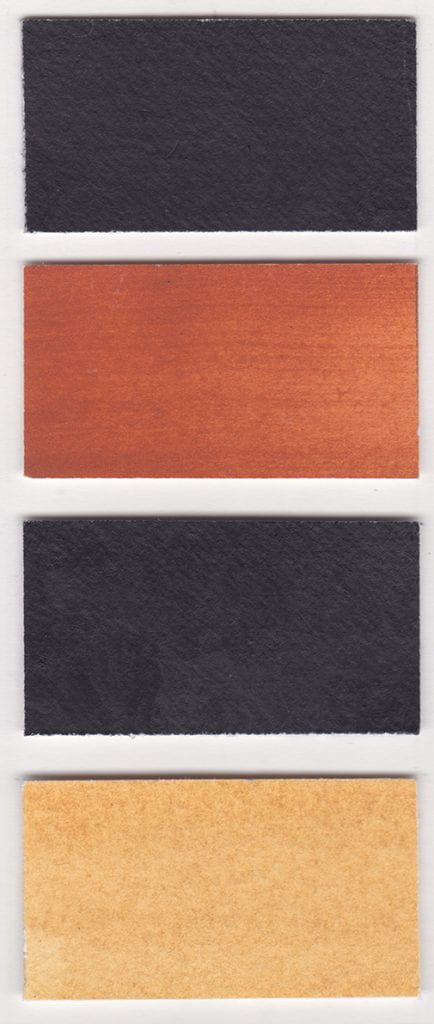




 This series of geological logs, from a guide to the Rio Grande basalts by
This series of geological logs, from a guide to the Rio Grande basalts by  The Antrim Basalts from an early publication by Cole et al. (1912). The huge Bole Bed is inexpertly marked out in (appropriately) red paint.
The Antrim Basalts from an early publication by Cole et al. (1912). The huge Bole Bed is inexpertly marked out in (appropriately) red paint. A figure from Ghosh et al. (2006)’s paper on the boles of the Deccan Traps; interbasaltic ochre beds formed here in very similar climatic conditions to those of the Antrim Basalts. This 2 km thick pile of basalt flows was erupted towards the end of the Cretaceous, 66 million years ago.
A figure from Ghosh et al. (2006)’s paper on the boles of the Deccan Traps; interbasaltic ochre beds formed here in very similar climatic conditions to those of the Antrim Basalts. This 2 km thick pile of basalt flows was erupted towards the end of the Cretaceous, 66 million years ago.  A view towards Firostefani on the Santorini Archipelago. You can see the reddened ochre layers between the grey coloured basalts.
A view towards Firostefani on the Santorini Archipelago. You can see the reddened ochre layers between the grey coloured basalts.